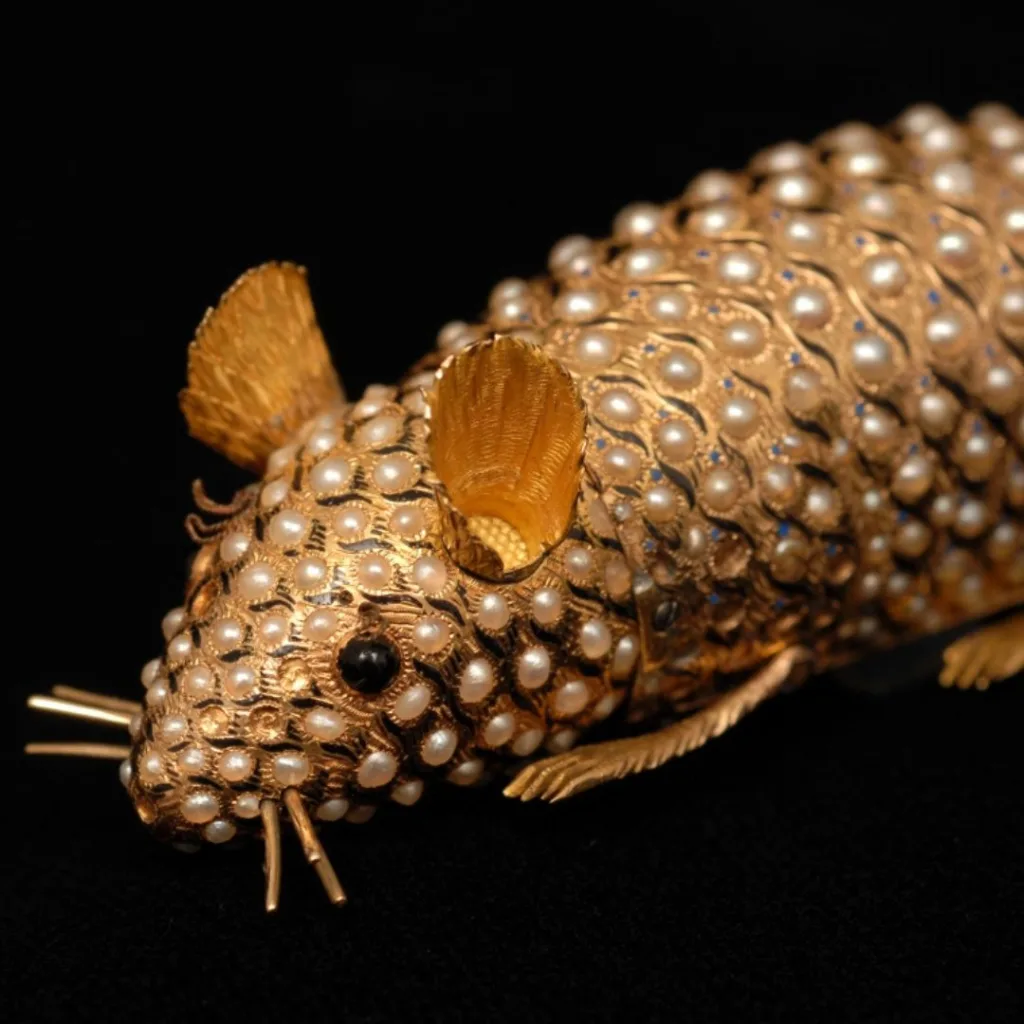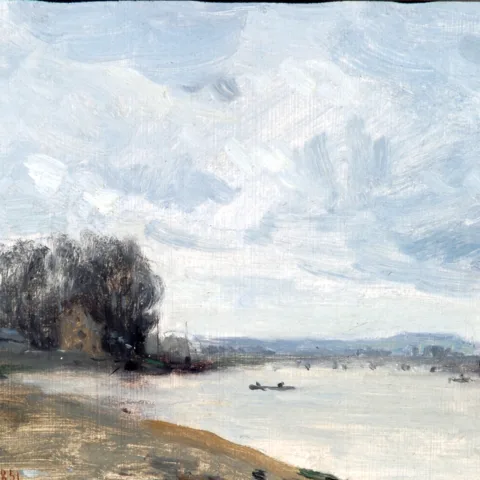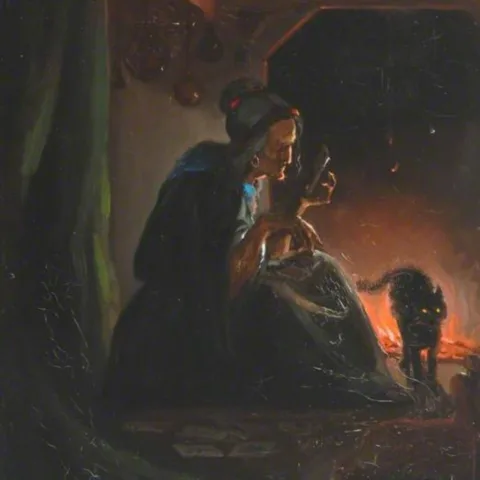The Bowes Museum Blog

Mice in a museum?

The Bowes Museum in Barnard Castle has many unusual items that are not found in other museums in Britain, let alone in a market town in the north of England. The circumstances of The Bowes Museum being formed in Paris by ex-patriate collector John Bowes and his French wife Joséphine are fairly well-known and explain why the Bowes Museum is strong in collections like French porcelain and Spanish paintings (reflecting the taste of Paris in the 1860s where they were living), that are seldom encountered in other British museums outside the capital cities. Recently research by PhD students has established that the Bowes did not collect in isolation, but were aware of what other curators and collectors were buying at the time, leading to the formation of the V&A and the Wallace Collection in London. However, to this day, it is sometimes difficult to distinguish between items in the collections which reflect their ‘private’ and their ‘public’ taste.

Nowhere is this clearer that in our two famous automata, the Silver Swan and the gold mouse. The first was always a ‘public’ piece, having been exhibited at the Paris International Exhibition in 1867 where it was admired by Mark Twain. The tiny gold mouse is more problematic in terms of origin and use. It was purchased by Joséphine (not John) for £22 in London on 12th May 1871, where the couple were sheltering from the Siege of Paris and the Commune on the other side of the Channel. It is listed in a Bill which includes other items of jewellery, pieces which we cannot trace today in the existing collections. More significantly, it was bought a few weeks before John’s 60th birthday.

John used to call Joséphine ‘Puss’ and it is difficult not to assume the mouse was a private birthday present, a present from Puss to him after nearly twenty years of happy marriage!

Such sentiments may seem very dated today, but in truth we cannot underestimate the private taste of the Bowes’, particularly Joséphine, which seems to emanate from every cup and saucer and small landscape sketch that she acquired; she was a talented amateur painter herself. Yet we know the paintings by Goya and El Greco were not their first choice, but recommended by their dealer for their museum project. We may assume it was John’s decision to place the mouse in the museum after his wife’s death.
Research undertaken when the mouse was in a conservator’s workshop at the National Maritime Museum over ten years ago, suggests that the mouse is Swiss, made by a firm called Maillardet who exhibited in London in the 1820s; they were also known to have exhibited an ‘Egyptian Lizard’, and an ‘Ethiopian Caterpillar’. In the wider cultural context, the mouse is dated 1818, which is co-incidentally the date of publication of Mary Shelley’s ‘Frankenstein ‘, a larger-scale speculation on man’s ability to re-create life and living movement through artificial means.
Authors: Howard Coutts, Keep of Ceramics at The Bowes Museum
Jane Whittaker, Head of Collections at The Bowes Museum










